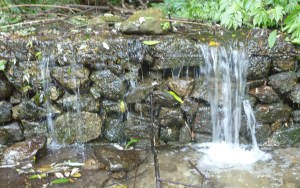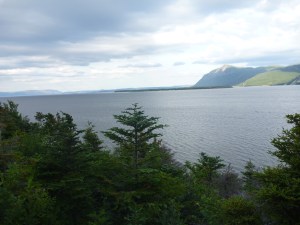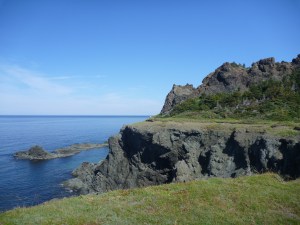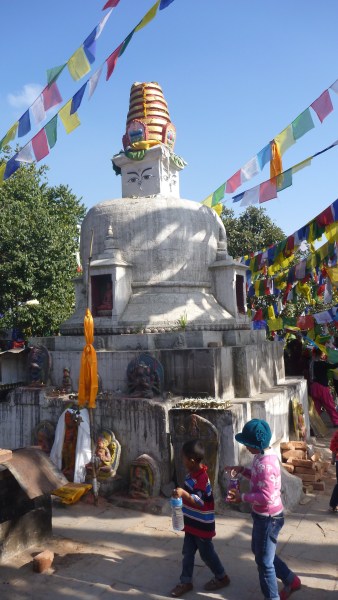
NagiGumba
The map/brochure for Shivapuri Nagarjun National Park describes it as
a lonely park to represent mid-hill ecosystem of Nepal. It is famous for globally threatened wildlife, birds, and butterflies.
I suspect a misprint, and that the text should read “a lovely park…”, which it certainly is.
There may well be lonely parts, since the park covers 159 sq km (61 sq mi), and most visitors follow one of the popular routes as I did yesterday in the Nagarjun portion of the park. What i’d say instead is that it offers a perfect blend of solitude and connection with nature interspersed with chances to interact with nice people.
(I can’t say whether people who go on these mini-treks are nicer to begin with, or just become so when they’re away from the stresses of city life, but either way they’re fun to visit with.)

Arjun and Bibatshu
Although I did see several people, especially at NagiGumba (Buddhist monastery), I was disappointed not to see any leopards, bears, thars, boars, deer, or monkeys, which reside there. I did see many birds and butterflies, mushrooms, and all sorts of subtropical plant life. I even saw the Asian bittersweet that is so well loved on Cape Cod.
The walk up to NagiGumba is done by people of all ages, school groups, couples, and pilgrims. It’s an easy to follow trail, with steps for all the steep portions. Nevertheless, by the end of the day my knees were rubbery, my shirt was soaking wet. and I had resolved to get myself in better shape.
It was some consolation that my fitness tracker registered well over 200 floors (~3000 steps). The steps were good ones, too, with treads and risers that matched my legs. I wonder how some of the smaller children could manage it.
 Along the way, I met a man who had been a mountain guide. He was walking with his 15 yo son. He gave me some good tips for hill walking. I talked with the military guards (the park is adjacent to a military camp), a couple of groups of schoolchildren, some “+2” students, and people at NagiGumba hanging prayer flags.
Along the way, I met a man who had been a mountain guide. He was walking with his 15 yo son. He gave me some good tips for hill walking. I talked with the military guards (the park is adjacent to a military camp), a couple of groups of schoolchildren, some “+2” students, and people at NagiGumba hanging prayer flags.
When I arrived at the top, I learned that there was some kind of ceremony about snakes (which I also failed to see on the trail). A monk served me slices of apples, oranges, and some pear-like fruit, which were hugely welcome after the climb.
Shivapuri Park is new (2002) and the Nagarjun portion was added just in 2009. It makes me happy to know that Nepal is able to establish these parks making possible mini-trekking in the urban area and preserving biodiversity.
This slideshow requires JavaScript.
oa







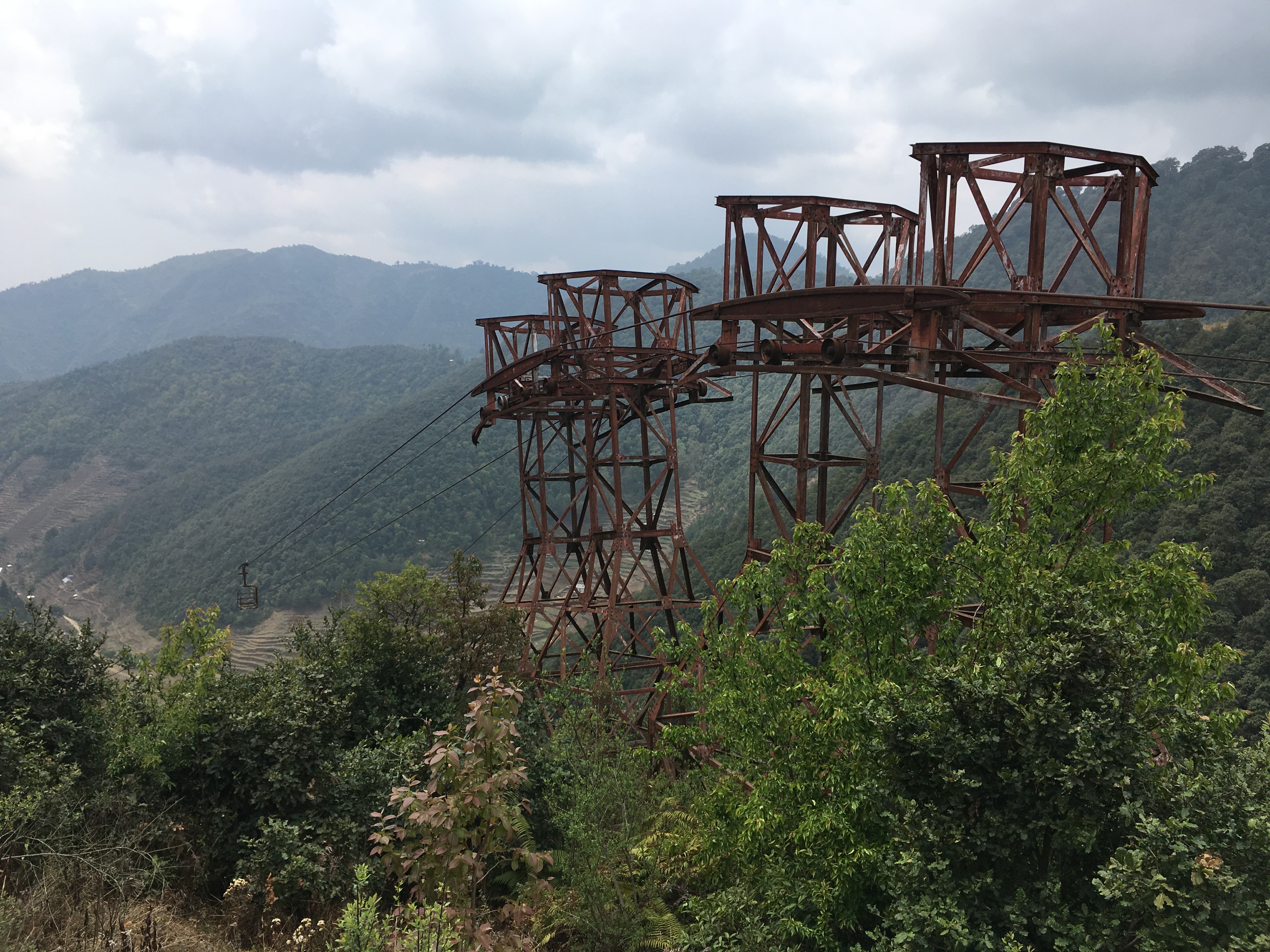
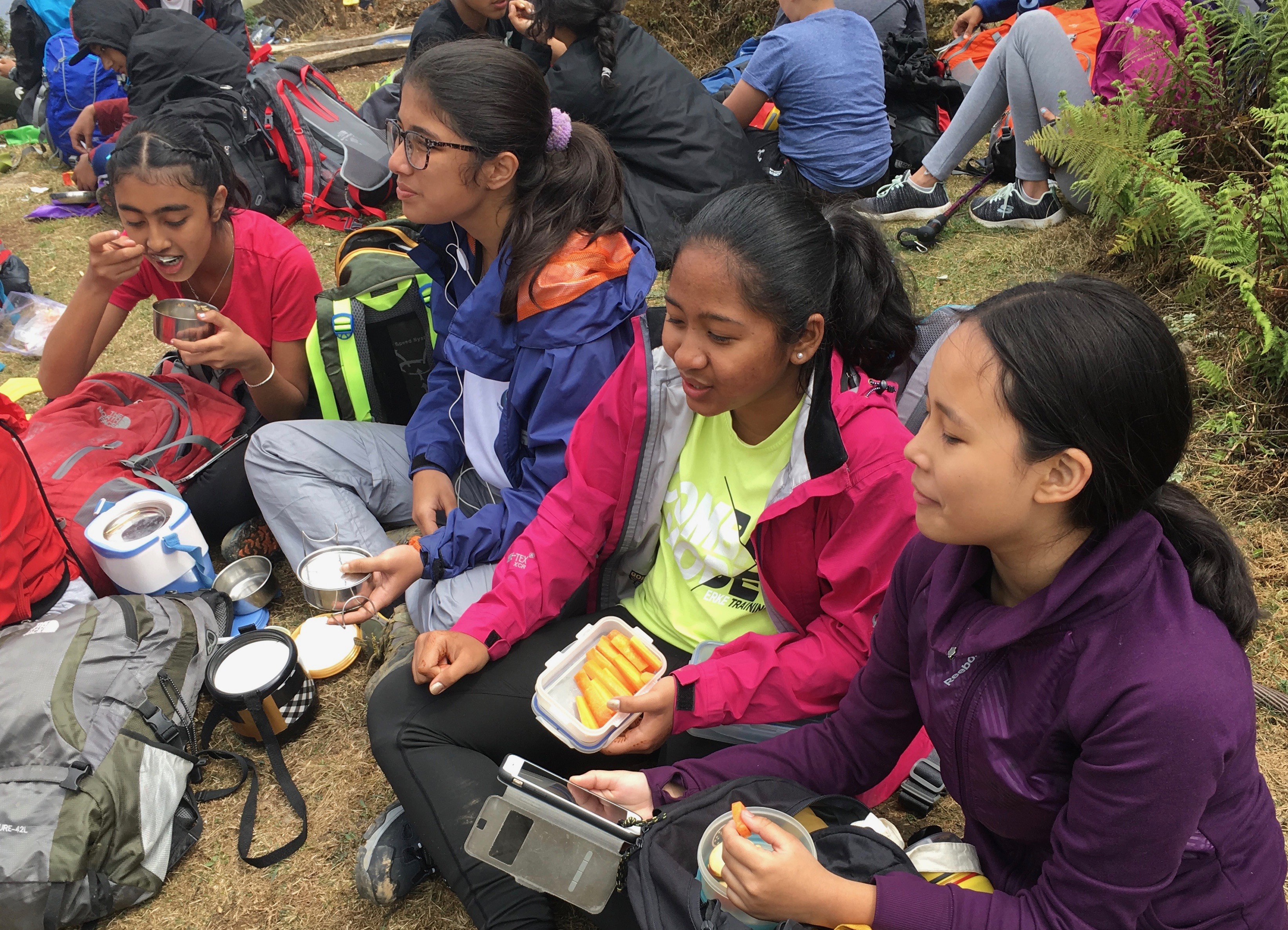




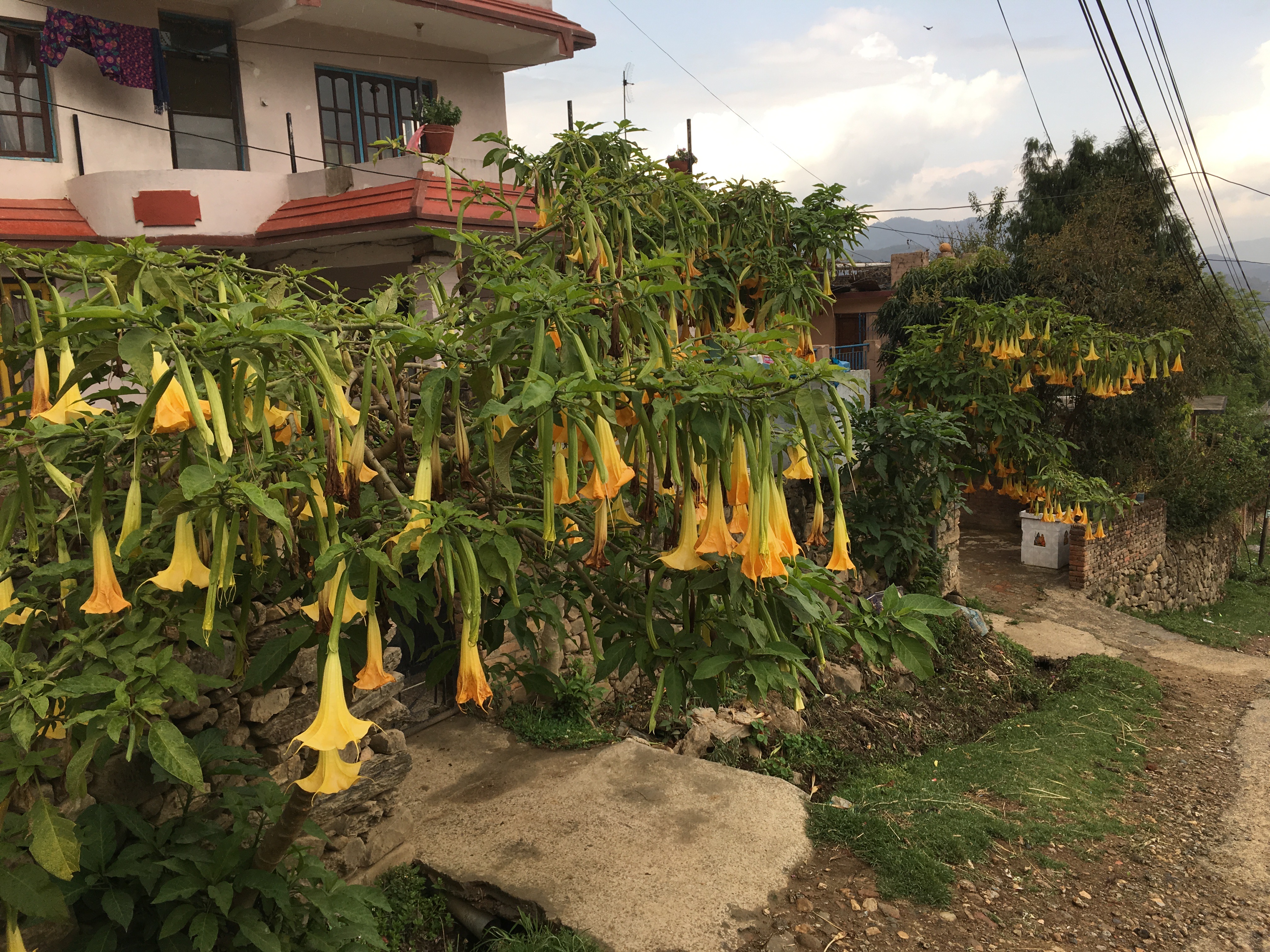




 Along the way, I met a man who had been a mountain guide. He was walking with his 15 yo son. He gave me some good tips for hill walking. I talked with the military guards (the park is adjacent to a military camp), a couple of groups of schoolchildren, some “+2” students, and people at NagiGumba hanging prayer flags.
Along the way, I met a man who had been a mountain guide. He was walking with his 15 yo son. He gave me some good tips for hill walking. I talked with the military guards (the park is adjacent to a military camp), a couple of groups of schoolchildren, some “+2” students, and people at NagiGumba hanging prayer flags.
